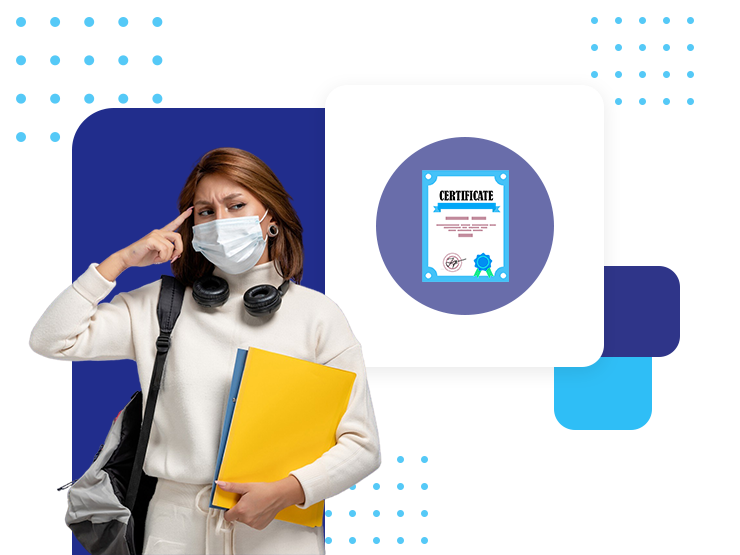Many employees struggle to distinguish between different types of workplace medical documentation when requesting time off. A carer certificate online and medical certificate serve entirely different purposes, despite providing legitimate grounds for absence from work. These documents address separate workplace scenarios and come with distinct legal requirements that affect how employers process leave requests.
- A carer certificate authorizes employees to take time off work to care for immediate family members or household members who require assistance due to illness, injury, or emergencies. It confirms that an employee’s presence is necessary to help someone else rather than address the employee’s own health needs. NextClinic assists users in securing time-sensitive certificates when caregiving responsibilities arise. The certificate validates the employee’s role as a caregiver and supports their entitlement to carer’s leave under employment legislation. This type of documentation focuses on the care recipient’s needs and the employee’s family relationship with that person.
- Medical certificates document an employee’s illness or injury preventing them from performing their regular duties. Symptoms, condition, and fitness for work are assessed directly by a healthcare provider. The doctor examines the patient personally or conducts a thorough remote consultation before determining the appropriate absence period and work restrictions. Medical certificates address the employee’s health status and capacity to fulfil their employment obligations. The documentation includes the healthcare provider’s professional opinion about recovery time and recommendations for returning to work safely.
Eligibility varies
The employee must personally suffer from illness or injury affecting their ability to work. Obtain a medical assessment and appropriate advice from a qualified healthcare professional. Carer certificates involve different eligibility criteria centred on family relationships and care responsibilities. Eligible family members typically include spouses, children, parents, grandparents, grandchildren, siblings, and sometimes household members or close personal relationships. The employee does not need to be unwell but must demonstrate that their immediate family member requires care due to illness, injury, or emergency circumstances. The care might involve attending medical appointments, providing recovery support, managing hospital visits, or addressing urgent family situations that require direct involvement.
Verification processes
- Standard medical certificates contain specific details about the employee’s diagnosed condition, recommended absence duration, work restrictions, and return-to-work recommendations. If required, the issuing healthcare provider includes their professional credentials, registration details, and contact information for employer verification. The documentation focuses on the patient’s medical state and the experienced medical opinion about their work capacity.
- Carer certificates require different supporting evidence demonstrating the care recipient’s need for assistance and the employee’s relationship with that person. This documentation might include medical certificates for the family member requiring care, hospital admission paperwork, appointment confirmations, or statutory declarations confirming the family relationship. Some employers accept the employee’s written statement about the care situation, while others require more detailed verification.
Leave entitlements
Medical leave typically draws from an employee’s sick leave entitlements and may extend to personal or unpaid leave depending on the duration of absence and available balances. Employers often require medical certificates for absences exceeding specific periods, commonly three consecutive days or more. Carer’s leave operates under separate entitlements, with employees generally entitled to specific annual allocations for caring responsibilities. The leave is taken as full days, partial days, or even hours, depending on the care requirements and employer policies. Both certificates support legitimate workplace absence but connect to different leave categories and entitlements within employment frameworks.






















